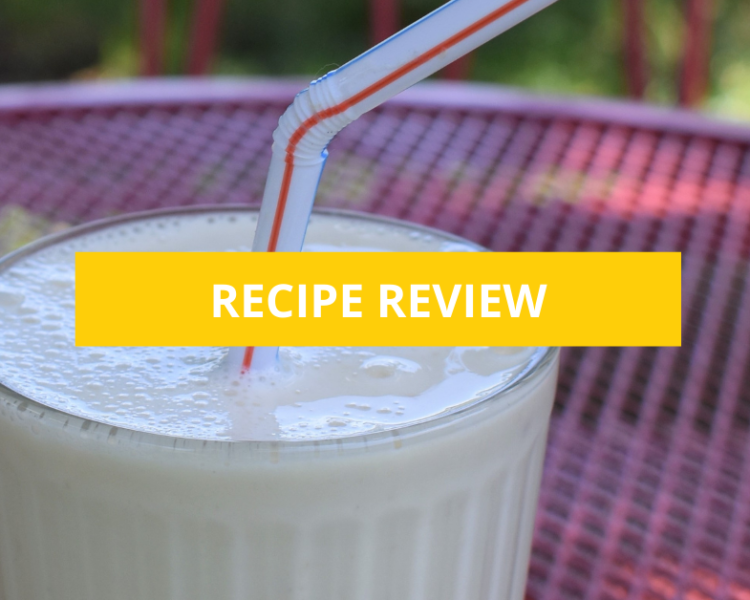Bending down, the bear unlocked the suitcase with a small key, which it also had around its neck, and brought out an almost empty glass jar. “I ate marmalade,” it said rather proudly. “Bears like marmalade.”
A Bear Called Paddington by Michael Bond
As a child, I loved reading about Paddington and his love of sticky marmalade. Clementine marmalade is not a preserve that I normally buy, but since citrus are plentiful in the supermarket this season, I wanted to take a crack at making my own. I found a recipe to try in Jam On: The Craft of Canning Fruit by Laena McCarthy.
Note: This recipe uses a low methoxyl pectin (Such as Pomona’s pectin). This pectin comes with the material used to create calcium water. Do not use regular pectin.Also, if you are in Orem, process marmalade for a total of 16 minutes instead of 6 minutes. Check out this article by the Spruce Eats for Canning Foods at High-Altitude. For more information on high-altitude canning, see this article by the Spruce Eats.
Clementine Marmalade
Makes about two pint jars
Takes 3 days to prepare
What You Need
- 1 ¾ pounds clementine oranges (about 6 cups sliced)
- 3 cups sugar (1 ½ pounds)
- 2 Tablespoons lemon juice
- 2 teaspoons pectin
- 3 teaspoons calcium water
What You Do
Prep
- Use a sharp knife to take a slice off both ends of each clementine. Keeping the peels on, cut the clementines into very thin round slices; remove any seeds. Cut the round slices into quarters.
- In a large glass, ceramic, or plastic container, combine the quartered clementine slices, 1 cup sugar, and the lemon juice. Cover and let stand overnight.
- The next day, place the fruit mixture in a 6- to 8- quart non reactive pot. Bring to a simmer and turn off the heat. Return the fruit mixture to the glass, ceramic, or plastic container and let stand overnight.
For the Sugar and the Pectin
- Measure the remaining 2 cups sugar into a separate bowl or measuring cup and thoroughly mix the proper amount of pectin powder into the sugar — using a fork helps to disperse the pectin into the sugar. Set the sugar mixture aside.
Cook

- The third day, return the fruit mixture to the 6- to 8-quart non reactive pot and add the proper amount of calcium water into the pan; stir well.
- Wash and rinse the jars; put them into a big stockpot; cover the jars with water and bring to a boil; turn off the heat. Let stand in hot water until you are ready to fill.
- Bring the lids and rings to a boil; turn off the heat. Let stand in hot water until you are ready to screw them onto the jars.
- Place a few metal spoons in the freezer for testing the consistency and gel of your jam later. You can also place them in a cup of ice water, if you prefer.
- Bring the fruit to a boil over medium-high heat. If it starts to foam, skim the foam off the top and discard the foam. Pour the pectin-sugar mixture into the boiling jam mixture slowly and carefully, stirring as you add. Stir vigorously for 1 to 2 minutes to dissolve the pectin.
- Return the fruit to a boil and remove from the heat. Skim off any and all foam formed on the top.
- Pectin gels completely when thoroughly cool, so don’t worry if your jam looks loose when still hot. To test, place a teaspoon of the hot ham onto one of the prepped frozen spoons; let it cool to room temperature (about 30 seconds) on the spoon. If it thickens up to the consistency desired, then the jam is ready. If not, mix in a little more pectin (½ teaspoon into ¼ cup sugar) and bring it a boil again for 1 minute.
Preserve
- Fill and cap jars according to standard canning instructions. Process jars for 6 minutes in a boiling water bath.
Results
The clementine marmalade was very sticky, as a certain bear can attest. I loved the bright citrus flavor and will probably make it again.
Review by Heather





